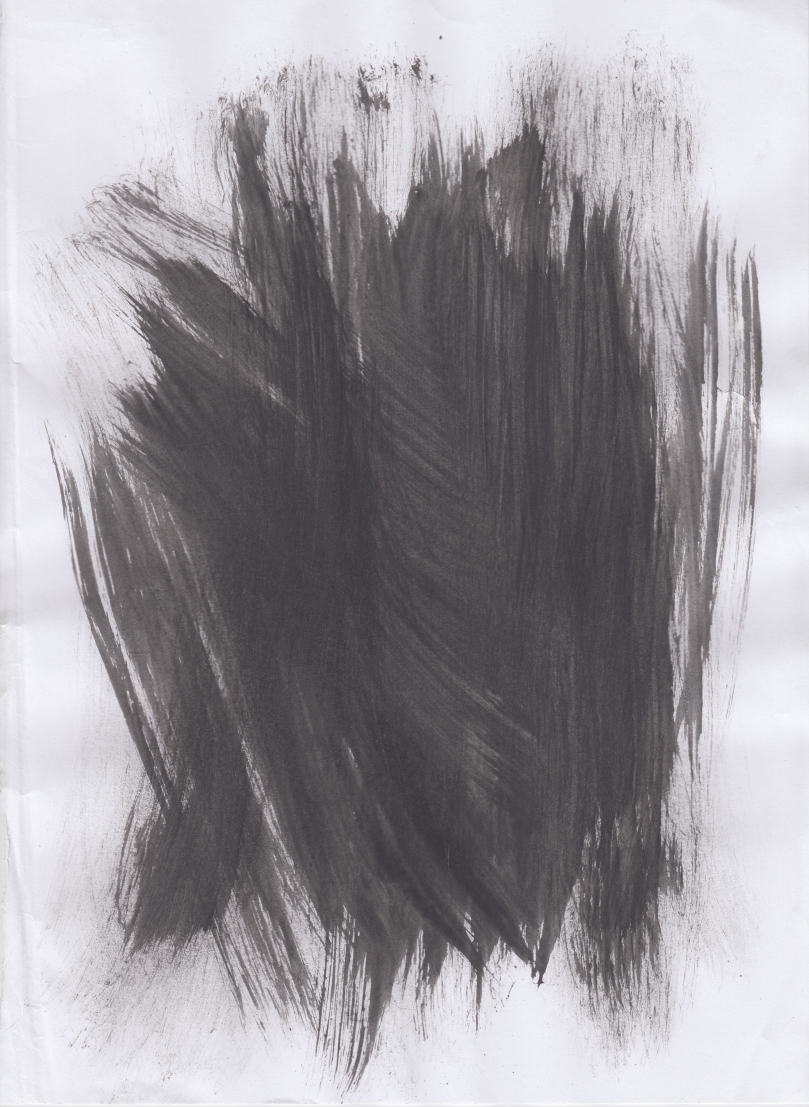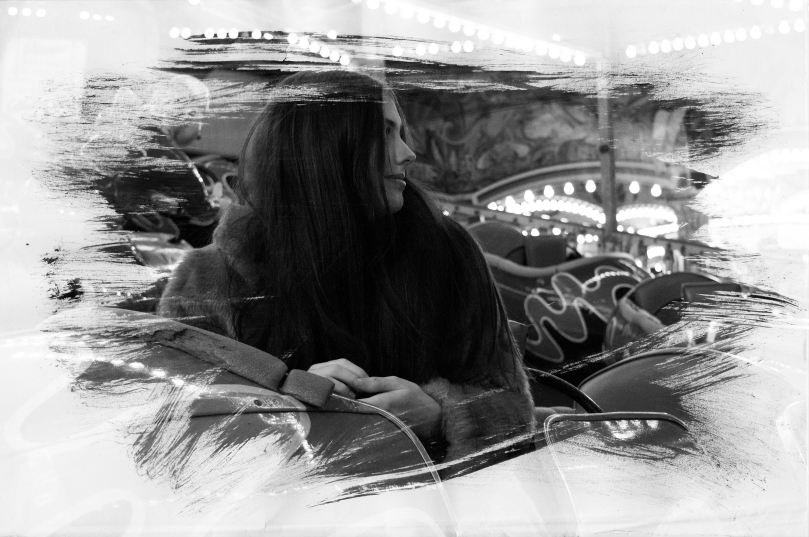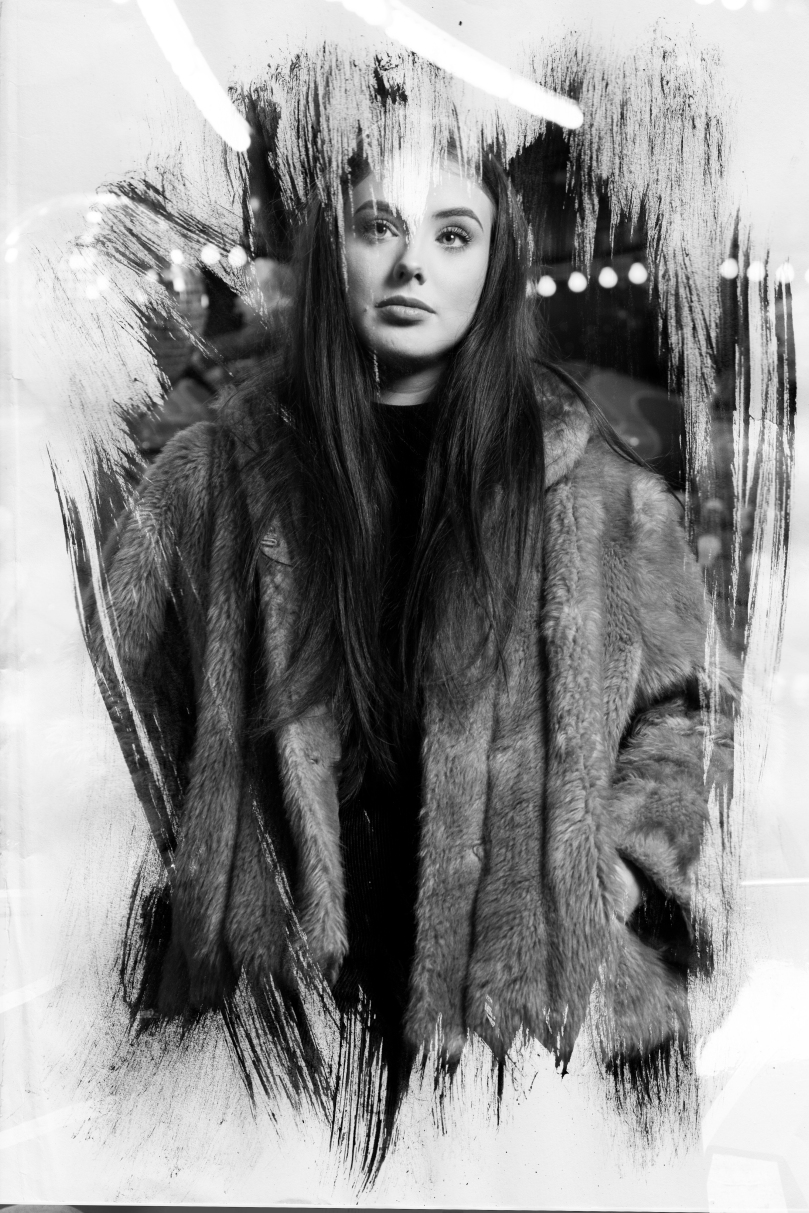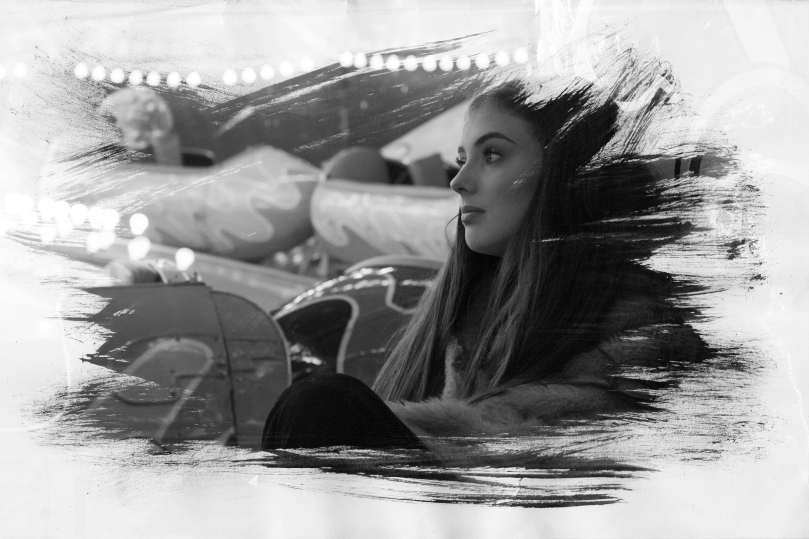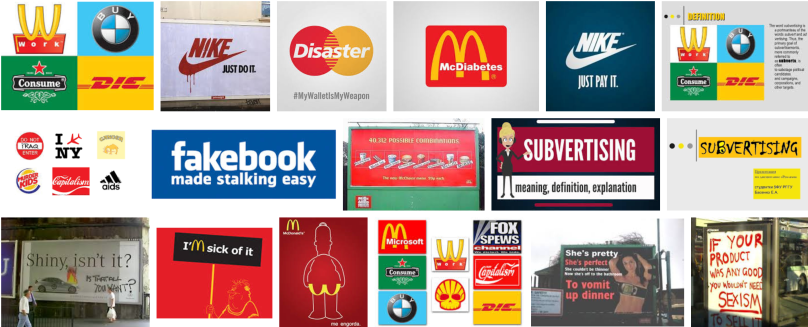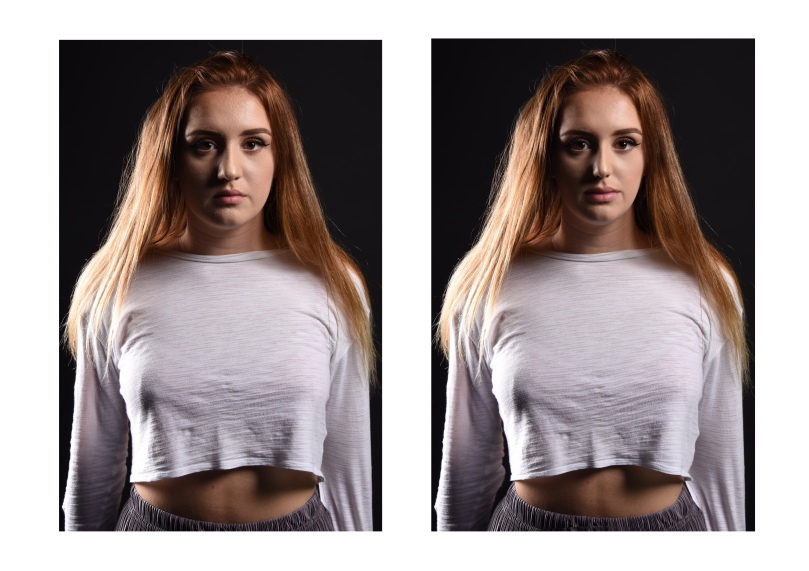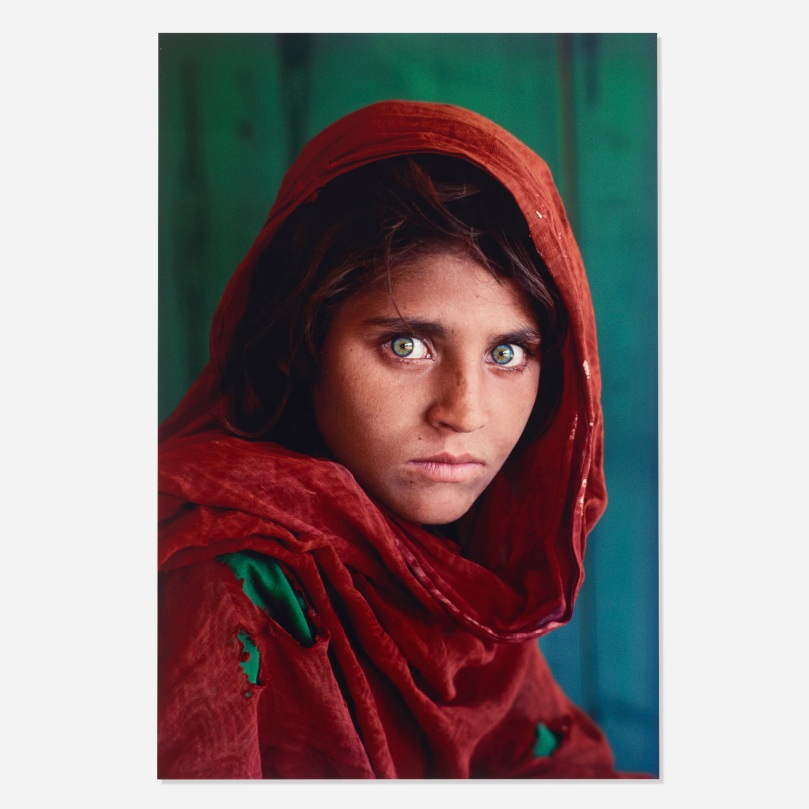
What is the story behind this image?
Steve McCurry is an American photographer who has worked in photojournalism and one day during his trip to Pakistan he stumbled upon this girl amongst a sea of tents in a refugee camp. He took her picture not expecting it to be as impactful as it has become and it made it on to the cover of National Geographic in 1985 as viewers felt as though the girls’ eyes had such a haunting effect which gave an insight into the emotional pain that war can cause.
The photograph is considered one of the most recognised images ever to be published in the National Geographic, what are your own thoughts on the image?
I think that this picture is incredibly powerful as well as technically brilliant. The vibrant colour of the girl’s eyes are immediately captivating and create an extremely strong focus point. The emotion behind the image is felt effortlessly as her emotions are expressed solely through her eyes. In terms of technical success, the way the colours work together so well creates such an appealing image as the background and the accents of her clothes work perfectly with her eyes and push the focus point even more to her eyes making you feel as though you can’t look away as well as the red tones creating a strong contrast. Therefore, I think this is very successful image and the story behind it is told effortlessly.
Why were the photographer and the girl re-united 17 years after the photograph was taken?
A team from National Geographic Television & Film’s EXPLORER brought McCurry to Pakistan to search for the girl. They originally took the photograph to the refugee camp where the photo had been taken 17 years before and had little success. However, a man who had heard about the search informed them that he had lived in the camp with the girl and that her name was Sharbat Gula and she lived in the mountains near Tora Bora. When they were reunited McCurry immediately recognised her.
Why did the Afghan girl make national headlines again in 2016 and what was Steve McCurry’s involvement?
The Afghan girl made headlines again in 2016 after she was welcomed back into Afghanistan by the president after she was deported from Pakistan. Gula was received warmly by President Ashraf Ghani, in line with his government’s policies to encourage Afghans to come back to their country, and he handed her the key to a government-provided apartment in Kabu.
Do you think the girl benefitted in any way from this photograph or the did the photograph provide any wider/positive social impact?
I think that Sharbat Gula did benefit from this photograph and that it also created a wider and more positive social impact as it made millions of people aware of what is going on in the world and how war impacts children. I think it made people think a lot more about how lucky they are to have what they have and pay more attention to things that are going on around them.



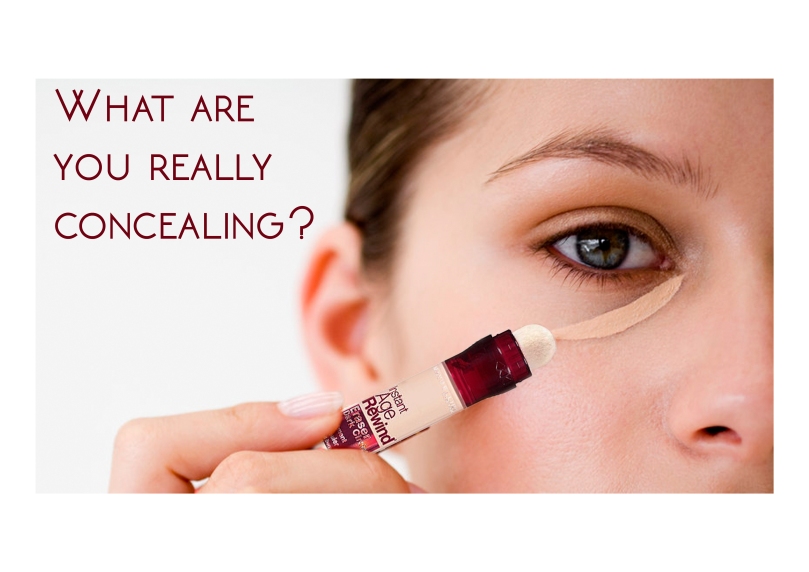 This is my final outcome for the advertising & subvertising weekly brief. I wanted to create something to do with the beauty industry and at first my initial idea was to do something with the Maybelline slogal ‘Maybe she’s born with it, maybe it’s Maybelline’, but I felt like this was overdone and I struggled to create anything I was happy with in Photoshop. I then thought deeper about their individual products and I took a look at the Maybelline Age Rewind concealer and how it ‘erases dark circles’ and gives the user a more youthful look. I wanted to create something that made the viewer think about what is implied by this product. In my opinion, the ‘Age Rewind’ concealer suggests that having signs of age is unattractive and should be concealed. My poster shows that in using a product that wants to hide your age, you’re really hiding who you are, your experiences, everything you’ve been through, making yourself just another person with no signs of individuality. I chose the question ‘What are you really concealing?’ as it asks the user of the product whether they’re concealing their dark circles, or who they are. I think that this is a strong concept and gets people thinking about what makeup products are really doing to them.
This is my final outcome for the advertising & subvertising weekly brief. I wanted to create something to do with the beauty industry and at first my initial idea was to do something with the Maybelline slogal ‘Maybe she’s born with it, maybe it’s Maybelline’, but I felt like this was overdone and I struggled to create anything I was happy with in Photoshop. I then thought deeper about their individual products and I took a look at the Maybelline Age Rewind concealer and how it ‘erases dark circles’ and gives the user a more youthful look. I wanted to create something that made the viewer think about what is implied by this product. In my opinion, the ‘Age Rewind’ concealer suggests that having signs of age is unattractive and should be concealed. My poster shows that in using a product that wants to hide your age, you’re really hiding who you are, your experiences, everything you’ve been through, making yourself just another person with no signs of individuality. I chose the question ‘What are you really concealing?’ as it asks the user of the product whether they’re concealing their dark circles, or who they are. I think that this is a strong concept and gets people thinking about what makeup products are really doing to them.

